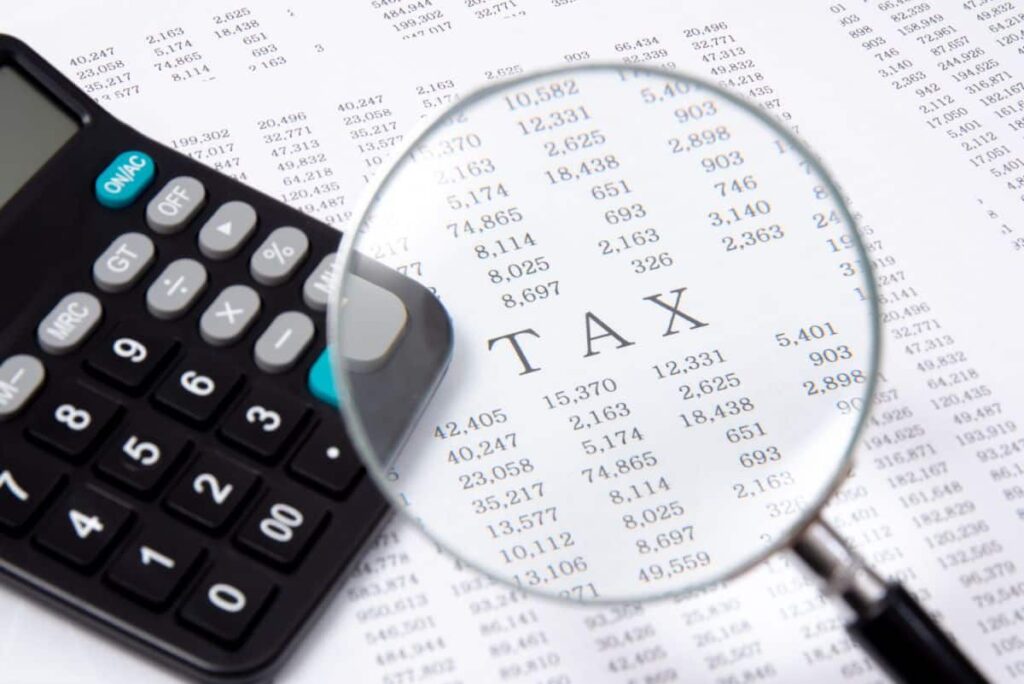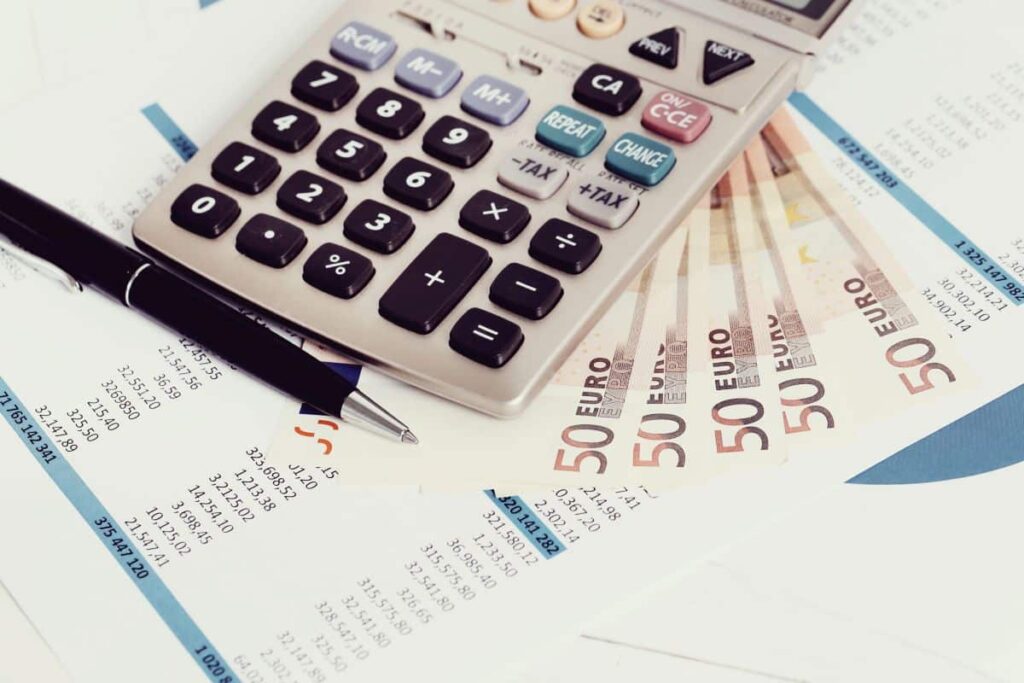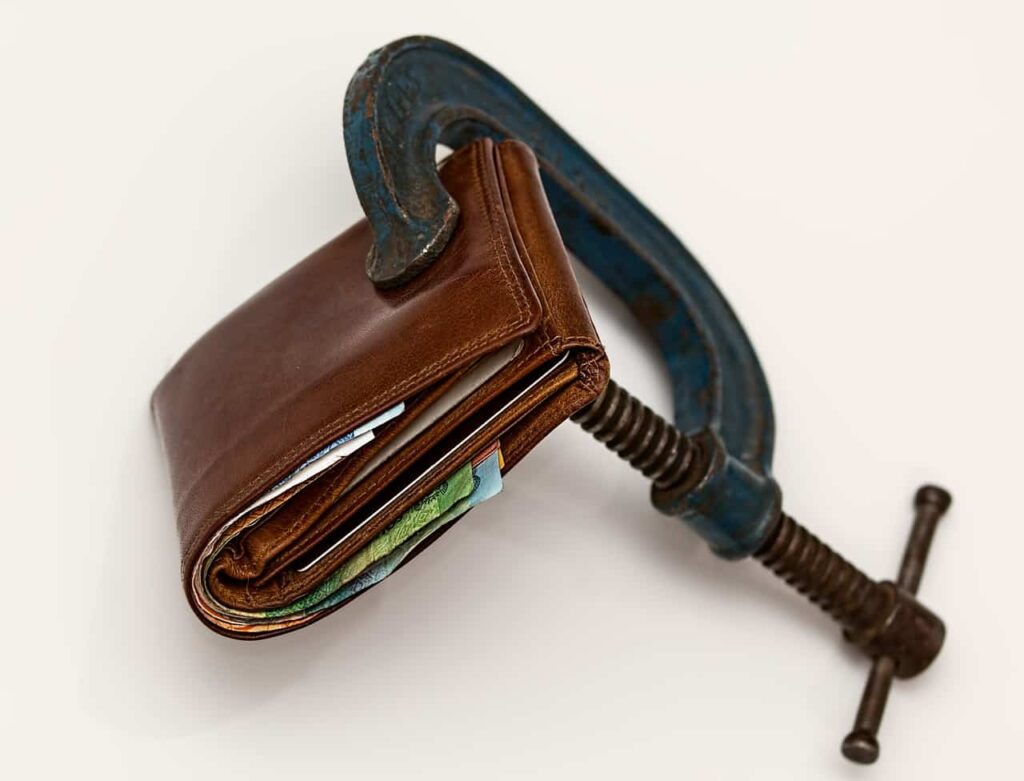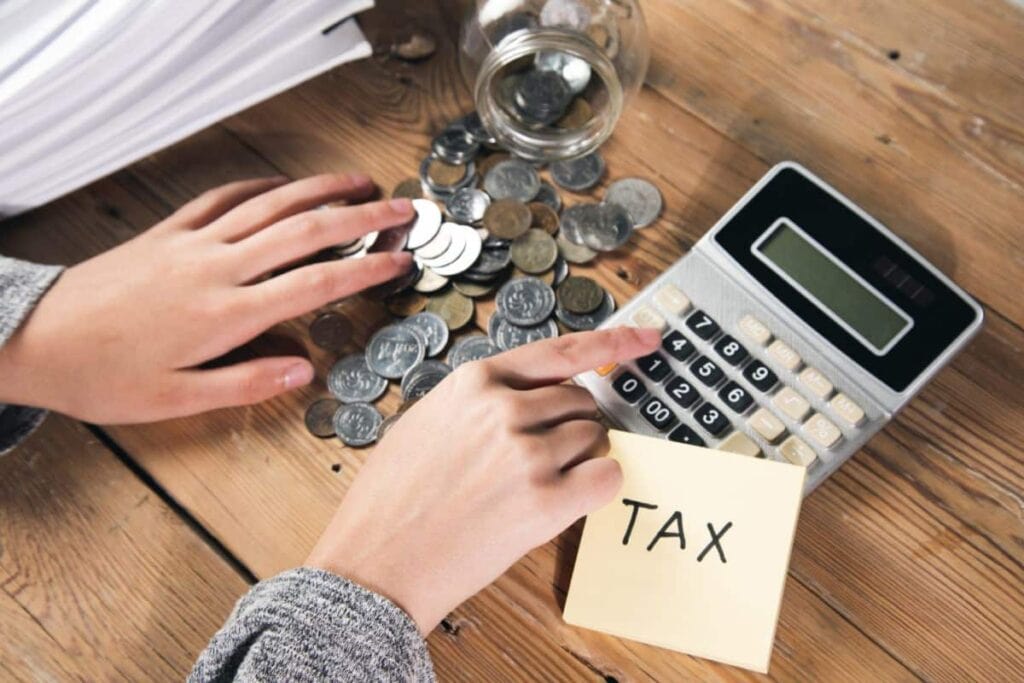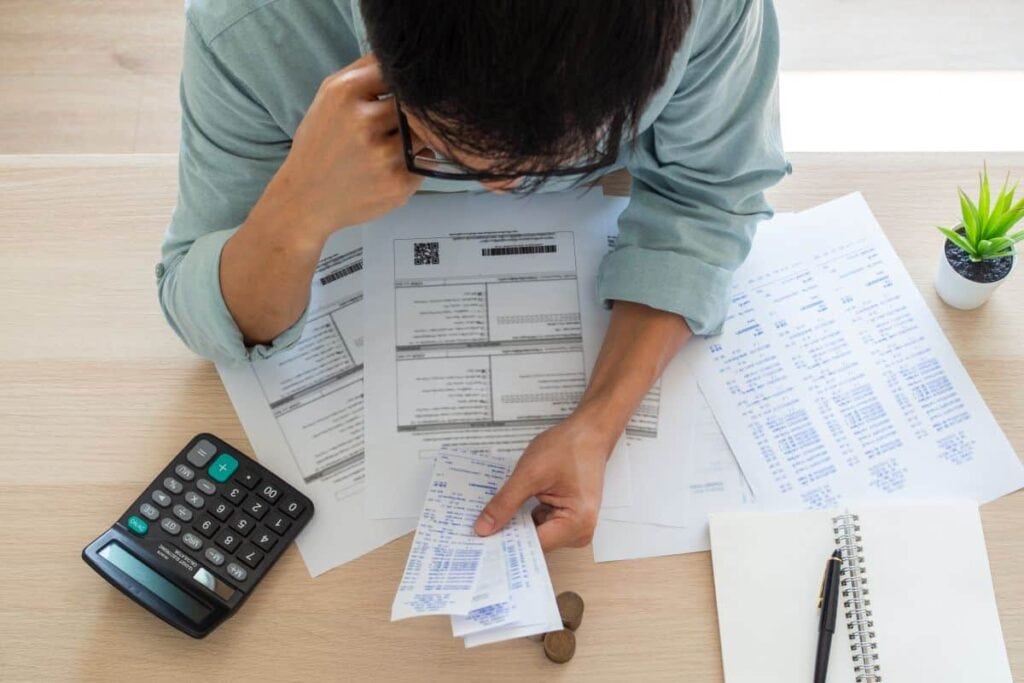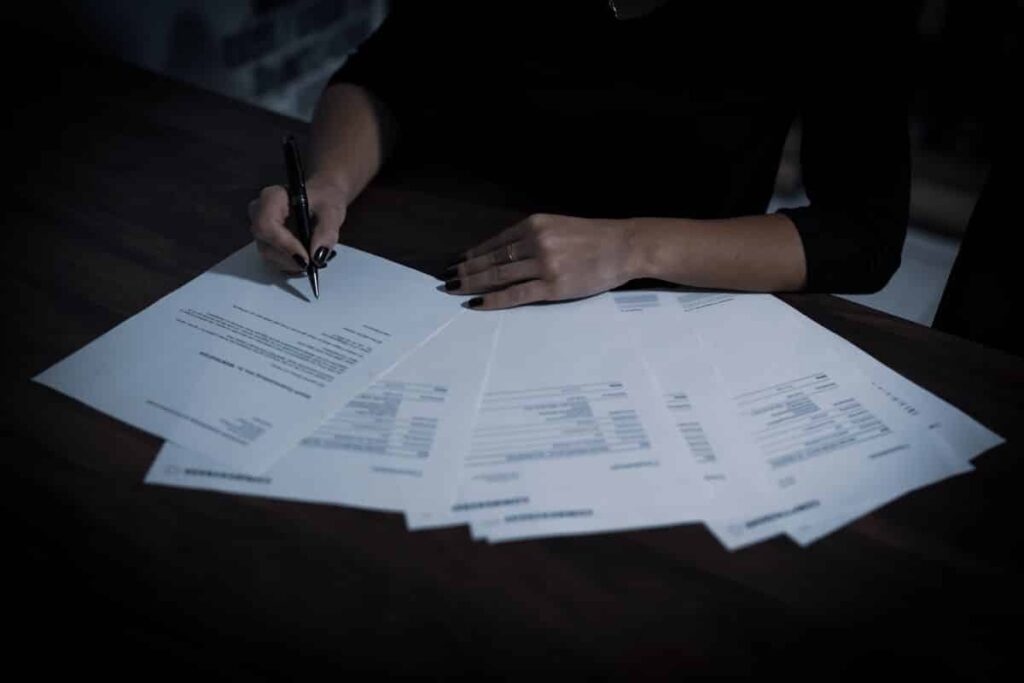Tax Tips For Employees
As the conclusion of the current fiscal year approaches, a significant number of employees in Australia are pondering the various tax deductions that are available to them. This article will provide an overview of some of the most frequent tax deductions that employees in Australia are eligible to claim. Bear in mind that everyone’s circumstances are unique, and if you have specific queries regarding your personal taxes, you should seek the advice of a tax specialist as soon as possible.
If you are an employee in Australia, you should familiarize yourself with the following tax advice. In this piece, we’ll go over some of the most important details to keep in mind when it comes to your taxes, such as the types of deductions you can take advantage of and the procedure for filing your return. Read on for some useful suggestions whether you’re just starting out as an employee or you want to be sure you’re carrying out all of your responsibilities properly.
As the conclusion of the current fiscal year draws closer, many owners of Utes are wondering what steps they need to take in order to maximize their ability to profit from tax breaks. This article will provide an overview of some of the more significant programs and initiatives that have been put in place in Australia to assist workers in reducing the amount of money they need to pay in taxes. Read on for some useful advice that you may use to lower the amount of taxes you owe, regardless of whether you work for yourself or for a company.
Advice on Taxes for Employees
You are either excited about filing your taxes or dread doing so. Some individuals cannot wait until the end of the year to file their tax returns so that they can receive their annual refund and use the money to pay off their credit cards, go on a shopping spree, or take a vacation. Others despise the idea of having to organize all of their records and schedule an appointment with their accountant. However, there is one characteristic that all of us have in common, and that is the desire to pay the least amount of tax as we legally can.
To be eligible for tax deductions, it is not necessary to have a significant amount of taxable income or to manage your own firm. There are always chances that you’ve incurred throughout the year that can be claimed, and many of them are ones that aren’t well known, such as legal expenses. You can claim these expenses on your taxes.
A great number of workers are under the impression that they are unable to file for a tax return because they do not believe they have any deductible costs. After all, they don’t need to worry about their Pay-As-You-Go (PAYG) or their superannuation because their employer has already taken care of it. Therefore, they don’t really have to worry about anything, and as a consequence, they throw together a tax return that is both quick and “free,” despite the fact that doing so does not truly maximize their refund. After all, the Australian Taxation Office (ATO) isn’t designed to maximize the amount of money that you get back from your taxes.
The unfortunate reality is that many basic tax deductions are frequently disregarded. Because of this disparity, it’s possible that the ATO receives uncalled-for donations totalling many hundreds of dollars every year. This year, have you forgotten about any potential tax deductions?
The exact responsibilities you fulfil for your employer will determine the kind of tax deductions you are eligible to claim. Because of this, a claim that may be tax-deductible for one individual may not be the same for another, even if they have comparable jobs.
Make the Most of Your Tax Breaks for Work-Related Expenses
If you are claiming less than $300 in deductions on your taxes because you are unsure of what other deductions you are eligible for, you could be passing up a significant tax refund. First, ensure that you are aware of what it is that you are eligible to claim for in relation to your occupation, and then make sure you preserve the appropriate paperwork to prevent the Tax Office from rejecting your claims.
This year, the Tax Office will be paying careful attention to the tax returns that have been submitted by:
- Attendants de bord des avions;
- Real estate employees;
- The operators of earth-moving plants;
- Personnel employed in building and construction, including journeymen and apprentices;
- as well as anyone who has tax deductions that are particularly significant or peculiar due to their line of work. Therefore, if this is something that pertains to you, it is even more crucial that you do your research and seek assistance in order to ensure that you don’t make any mistakes.
Make sure to photograph all of your receipts
When it comes to filing their taxes, the majority of people have trouble keeping track of their receipts for work-related expenses, which means they don’t get to claim as much as they should.
You are only allowed to submit claims for costs that you can provide evidence that you paid for. Therefore, rather than keeping a shoe box full of receipts, you could consider photographing them instead. There are also free applications for smartphones that will store your photographs, making them easy to retrieve when it is time to file taxes and present to your accountant.
Simply ensure that you always have a backup copy of your photographs!
Items with a price tag of less than 10$ do not require a receipt of any kind
It might be challenging to obtain (or preserve) receipts for all of the little purchases you make throughout the course of the year. Instead of having to worry about them, just keep a diary with the information that is often displayed on a receipt. This will free you from having to worry about them (date, business name, item purchased, price). Then you can claim up to two hundred dollars a year for these insignificant costs even if you don’t retain any receipts.
Put in a Claim for Your Contributions
You are eligible to claim a tax deduction on your return if you have given $2 or more to charitable organizations during the tax year in question. If you made a donation into a box or bucket and the total amount of your donation was less than ten dollars, you do not even need to have retained receipts. However, if you were given something in return, such as a pen, a badge, or a raffle ticket, then you are not eligible to lodge a claim.
Certificates of Continuing Education, Professional Memberships, and Accreditations Renewal Every Year
If you are required to maintain certain licenses, professional memberships, and accreditations in order to work in your industry, the fees associated with maintaining those credentials are tax-deductible. A trade license is required to work as a plumber, electrician, or carpenter. Construction workers need licenses to operate crane hoists and scaffolding. Hospitality workers need Responsible Service of Alcohol and Gaming licenses. Educators, medical professionals, and nursing staff need to be registered.
Tax Planning Advice
If you need certification before you can be employed (as a prerequisite to be employed), the expense is not tax-deductible because you had to incur the expenses in order to look for work. However, if you need accreditation after you have been employed, the expense is tax-deductible. You were unemployed during that time period. Nevertheless, if you need to renew licenses while employed in order to keep your employment, the cost of doing so is an expense that is tax-deductible.
Totes and Briefcases for Transporting Your Work Gear
The majority of employees are required to bring a bag to their place of business in order to transport their personal things. Examples of such bags include briefcases, laptop bags, baggage, and bags to carry client briefs. If you use a bag to carry materials for work, the expense of the bag is deductible as a business expense. If, on the other hand, the bag is more of a personal nature, the expense is considered to be non-business related. Gym bags used for carrying personal items such as clothing, food, or electronic devices like as smartphones and tablets are examples of private bags.
If your work-related bag cost you less than $300 and is only used for work, you will be allowed to claim a tax deduction for the full cost of the bag in the same year that you bought it as long as it is used exclusively for work. If the price of the bag was more than $300, you will be eligible to write off the purchase price of the bag over a period of years.
Tax Planning Advice

You are only allowed to deduct the percentage of the cost that is directly related to your employment if the item you bought for work can also be utilized for non-work-related activities, such as hobbies or entertainment. If, on the other hand, you use the item for personal reasons more than half of the time, you won’t be able to deduct the expense at all from your taxes.
Bank Fees
There is a cost associated with every single expenditure. Did you know that even though account holding fees and overdraft fees that you incur are regarded as private expenses, you are still allowed to claim a deduction for any transfer expenses that you incur for the purpose of acquiring something that is relevant to your work? This covers fees charged for making an international transaction as well as bank fees to complete the purchase.
Books, magazines, and online information services all fall under this category
Do you spend money on paid internet subscriptions, online resources, paid library memberships, paid academic journal subscriptions, and paid database memberships for the purposes of your employment? Then, make sure to hold on to those receipts and maintain a record of your expenditures.
Tax Planning Advice
You will be responsible for allocating spending for both business and personal use.
Clothing And Laundry Expenses
When it comes to claiming apparel costs, there are occasionally a lot of unknowns. The ATO makes it crystal clear that apparel can either be considered personal or work-related. It is not possible to claim the vast majority of clothing, even if your employer requires you to wear particular kinds of clothing. The following items of clothes are considered to be examples of ordinary attire: black pants, white shirts, jeans, drill shorts, socks, business attire, suits, and standard footwear.
The categories of garments that are eligible for reimbursement must either be worn for the purpose of protecting oneself from danger or from suffering a personal injury, or they must have a clear connection to the duties of a certain occupation. High-visibility vests, steel-capped boots, non-slip shoes, mandatory uniforms, occupation-specific apparel, and protective clothing are all examples of the various sorts of clothes that fall under this category.
It is essential that protective garments have specific characteristics or functions that will ensure your safety. These garments include heavy-duty occupational wet weather gear, protective boots, boiler suits, fire-resistant clothing, and heavy-duty gloves. Other goods include fire-resistant clothing and heavy-duty gloves.
Tax Planning Advice
If you intend to file a claim for protective gear, you must first establish that there is a connection between the clothes and the job that you are currently holding.
If you are required to wear a uniform, you can submit those costs for reimbursement. These uniforms ought to have a design that is specific to the job at hand. For this kind of expenditure, you need to be expressly compelled to wear it by an agreement or policy at your place of employment, which is a requirement that is enforced and needs to be sufficiently distinct from ordinary apparel. This includes a polo shirt that has a logo embroidered onto the chest of the shirt.
If you wear a non-compulsory uniform that is approved and entered in the Register of Approved Occupational Clothing and you wear it for work, you are eligible to claim the costs associated with that uniform as part of your tax return.
Tax Planning Advice
Even if they are worn underneath a uniform or protective clothes, socks, shoes, and stockings are still regarded to be private expenses.
It is also possible to make a claim for apparel that is industry-specific. This includes the ceremonial attire used by clerics, the robes worn by judges, and the checkered pants worn by chefs. The garments have to be unmistakably associated with a specific professional career, occupation or calling in order to be worn in that capacity.
You are allowed to deduct the money that you spent on getting your work clothes laundered, cleaned, and repaired. This accounts for both the costs of doing your own laundry and getting your clothes dry and cleaned. For instance, you can deduct $1 per load if all of the items in the load are work clothes, but only $0.50 per load if the load contains a combination of work and private clothes.
Deductions on Taxes for Workers Who Perform Their Duties from Home
Now that it’s tax season, some weighty considerations have arisen as a result of some significant shifts in the way we do our work. If you stay current on the tax rules, there is no chance that you will overlook any potential deductions. Learning about deductions can be boring at times, but it will result in more money being returned to your pocket.
If you have a job that allows you to work from home, you might be able to deduct some of the costs associated with running your home from your taxes.
You need to question, “Which of my expenses can I claim, and which ones can’t I?”
Expenses You Cannot Claim
To begin, before you begin working from home for an employer, there are certain costs that you will not be able to deduct from your income.
Office refreshments
When most of us come to the workplace, the first thing we do is head straight for the staff area to grab a cup of coffee. Many people believe that if they did not have their coffee in the morning, they would not be able to perform their jobs as well or productively. The Australian Taxation Office (ATO) does not permit employees who work from home to claim deductions for refreshments like coffee, tea, or milk, regardless of whether or not the aforementioned statement is accurate.
Reimbursed expenditures
You are not permitted to deduct any costs that were reimbursed to you by your employer. You are not permitted to make a claim for expenses like these, for instance, if you have a contract with your employer that stipulates they will pay for your mobile or home internet fees if you work from home.
Expenses incurred for child care and homeschooling of children
It is likely that parents have had a nightmarish experience attempting to concentrate as their children run amok in the house. However, there is no tax deduction available for costs associated with daycare or home schooling of children.
Occupancy expenses
And third, in most cases, employees are not permitted to deduct the expenditures associated with working from home while still claiming occupancy expenses. These expenses consist of things like rent, the repayment of a mortgage, water, council charges, and body corporate costs.
Expenses You Can Claim
You may be able to deduct some of the costs associated with maintaining your home office if you are self-employed and operate from home. These costs include the following items:
- a supply of electricity and gas for the purpose of heating, ventilating, and lighting your home office;
- Expenses related to the wear and tear of machinery (such as desktops, laptops, and/or tablets);
- the value of furniture (such as desks and chairs) that has decreased;
- The costs of the telephone;
- Internet service fees;
- Stationery, as well as consumable office supplies like printer paper and ink.
The formula for Determining the Cost of an Expense
There are three different approaches to calculating the costs of running a home office. Methods such as this include the fixed-rate technique, the shortcut method, and the true cost method.
Shortcut Method

The Australian Taxation Office (ATO) has recently created a new approach called the Shortcut method to simplify the process of computing your deductions for working from home. This was done in response to the fact that the majority of the workforce in Australia now works from home.
This strategy is only available from March 1, 2020, through June 30, 2020, because it is a temporary solution.
A flat rate of eighty cents per hour can be claimed by employees using this method for each hour that they work from home throughout the relevant time period. This will take care of any expenses that you can claim as outlined in the previous section.
You will not be needed to retain a record of any receipts if you choose to proceed with this technique. On the other hand, you will be responsible for keeping track of the total number of hours that you have spent working from home. This might be a timesheet, roster, diary, or something else along those lines.
Before March 1st, employees who work from home are required to choose between using the Fixed Rate Method or the Actual Cost Method.
Method of a Fixed Rate
The Fixed Amount Method is quite similar to the Shortcut Method in that it allows employees to claim a specific rate of compensation, in this case, 52 cents per hour, for each hour that they work from home. However, you can utilize this strategy for the entirety of the year.
Only the cost of energy and gas, the depreciation of furniture, and the cost of repairs to your home office equipment and furnishings are covered by the 52 cents per hour rate.
The 52-cent rate does not cover the cost of telephone or internet service, nor does it account for the depreciation of equipment. You are allowed to make a separate claim for the fraction of these costs that is relevant to work; nevertheless, you are required to keep track of the receipts.
Employees who use this approach are required to maintain a log of the total number of hours they have put in while working from home. Alternately, you may keep a journal for four weeks to document their typical routine when working from home, and then use that routine as a template for the rest of the year. In addition, in order for employees to utilize this strategy, they are required to have a designated work location, such as a study or work desk. The dining table or the kitchen island are not regarded to be dedicated workplaces. Neither is the bench in the kitchen.
The Method of Actual Costs
Last but not least, if you use the Actual Cost Method, you will be able to deduct the actual amount of money that was spent on work-related costs when working from home. In most cases, the percentage of your home’s total square footage devoted to work is determined by dividing the overall floor space of your home by the total square footage of your dedicated work area. This fraction is multiplied by the overall costs that were incurred for the time in question.
You are free to employ whichever method or method will give you the greatest result as long as you satisfy the eligibility and record-keeping criteria that are associated with each approach.





